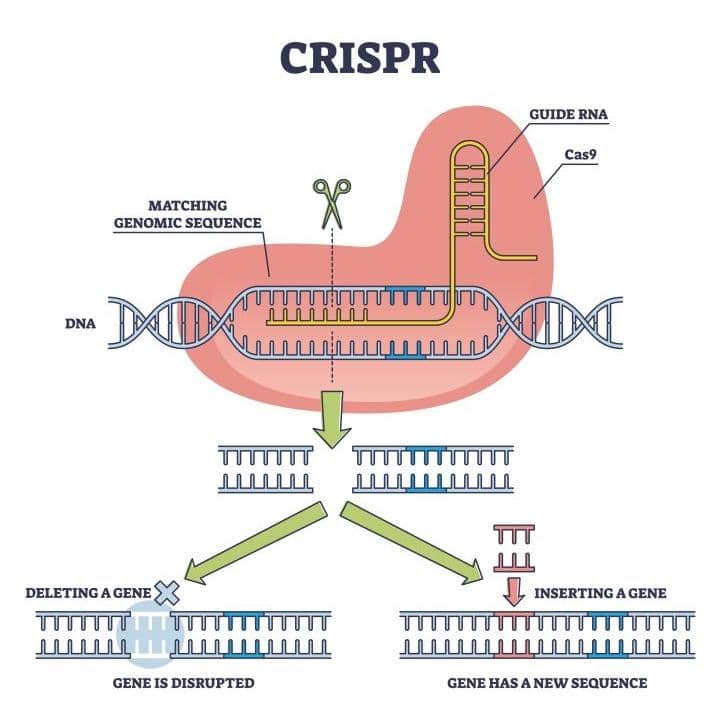CRISPR technology, an acronym for Clustered Regularly Interspaced Short Palindromic Repeats, represents a groundbreaking advancement in the field of genetic engineering. At its core, CRISPR is a powerful tool that allows scientists to precisely edit DNA within living organisms.
By harnessing a natural defense mechanism found in bacteria, CRISPR enables the targeted modification of genes, making it possible to insert, delete, or alter specific sequences of DNA with remarkable accuracy.
This innovative approach has transformed the landscape of genetics and molecular biology, paving the way for significant advancements in both medicine and agriculture.
The mechanism behind CRISPR involves two primary components: a guide RNA that directs the Cas9 enzyme to a specific location in the genome and the Cas9 enzyme itself, which acts as molecular scissors to cut the DNA at that precise spot.
This ability to create double-strand breaks in DNA allows researchers to manipulate genetic material in ways that were previously unimaginable. Since its introduction in 2012, CRISPR-Cas9 has rapidly gained popularity among scientists for its efficiency, simplicity, and cost-effectiveness compared to earlier gene-editing technologies.
In the medical field, CRISPR holds immense promise for treating genetic disorders such as sickle cell disease and cystic fibrosis. By correcting faulty genes directly within patients’ cells, this technology could potentially cure diseases that have long eluded traditional treatments.
Additionally, CRISPR is being explored for its applications in cancer therapy and even in combating viral infections like HIV, marking a significant shift toward personalized medicine.
Agriculture is another domain where CRISPR is making waves. By enhancing crop resilience to pests and environmental stressors, this technology can lead to increased yields and improved nutritional content.
Farmers can cultivate genetically modified organisms that require fewer chemical inputs, promoting sustainable practices while addressing food security concerns globally.
Despite its transformative potential, CRISPR also raises ethical questions regarding gene editing in humans and the environment. The possibility of creating “designer babies” or altering ecosystems poses significant moral dilemmas that society must navigate carefully.
As research continues to evolve, it is crucial to establish frameworks that ensure responsible use of this powerful technology while maximizing its benefits for humanity.

